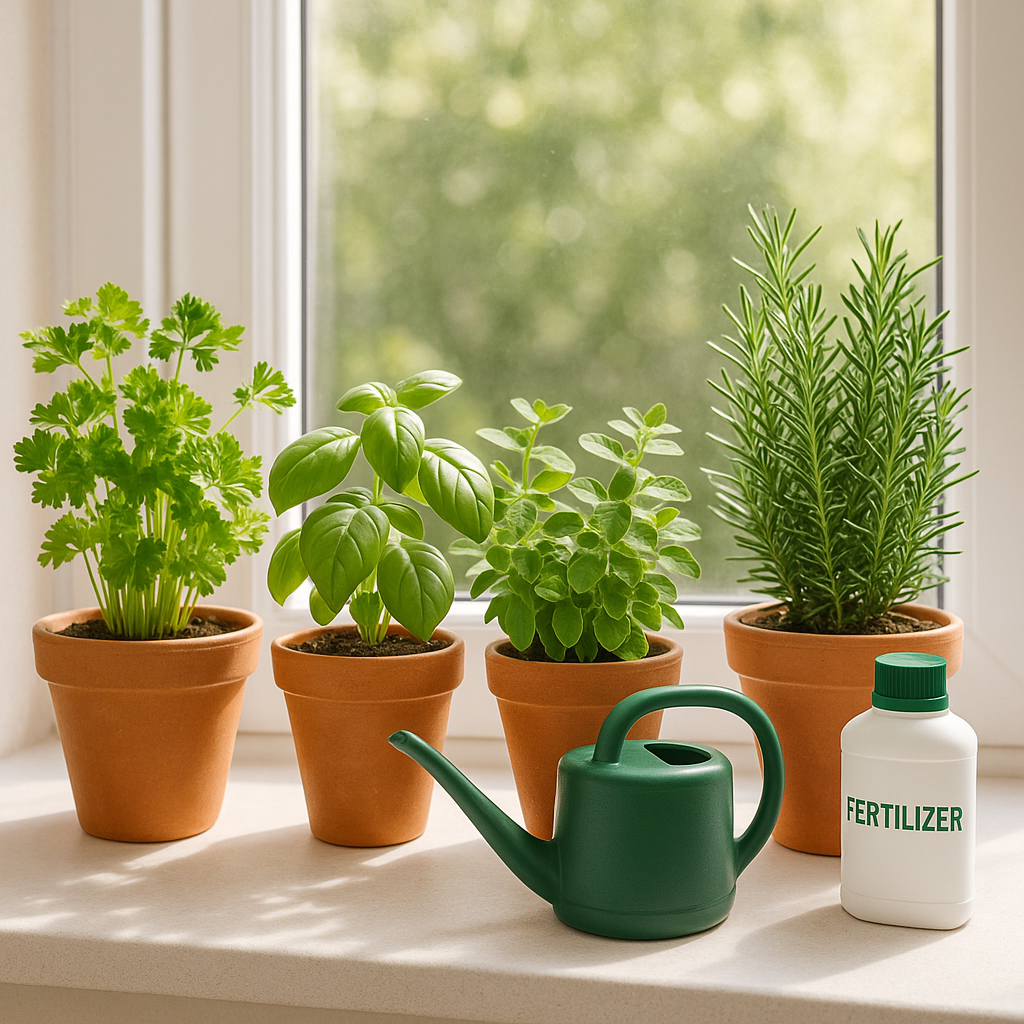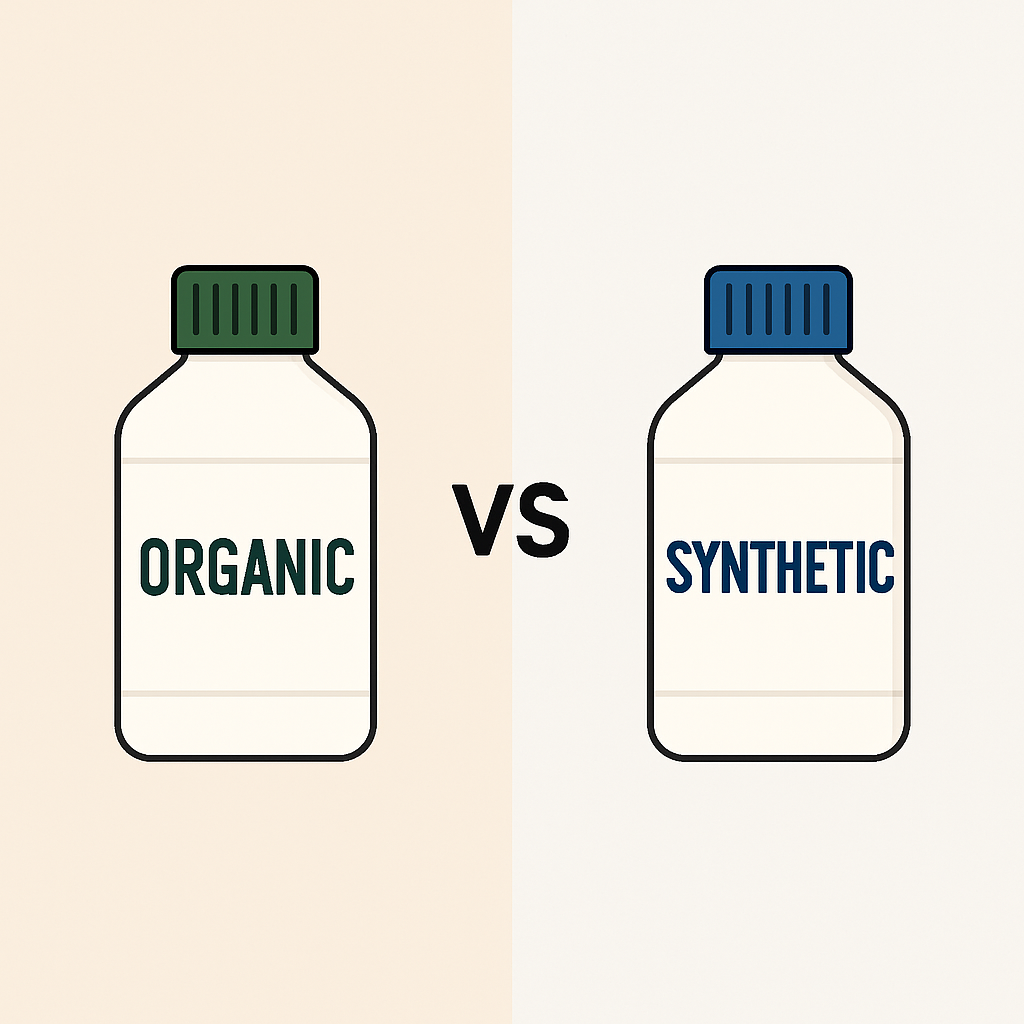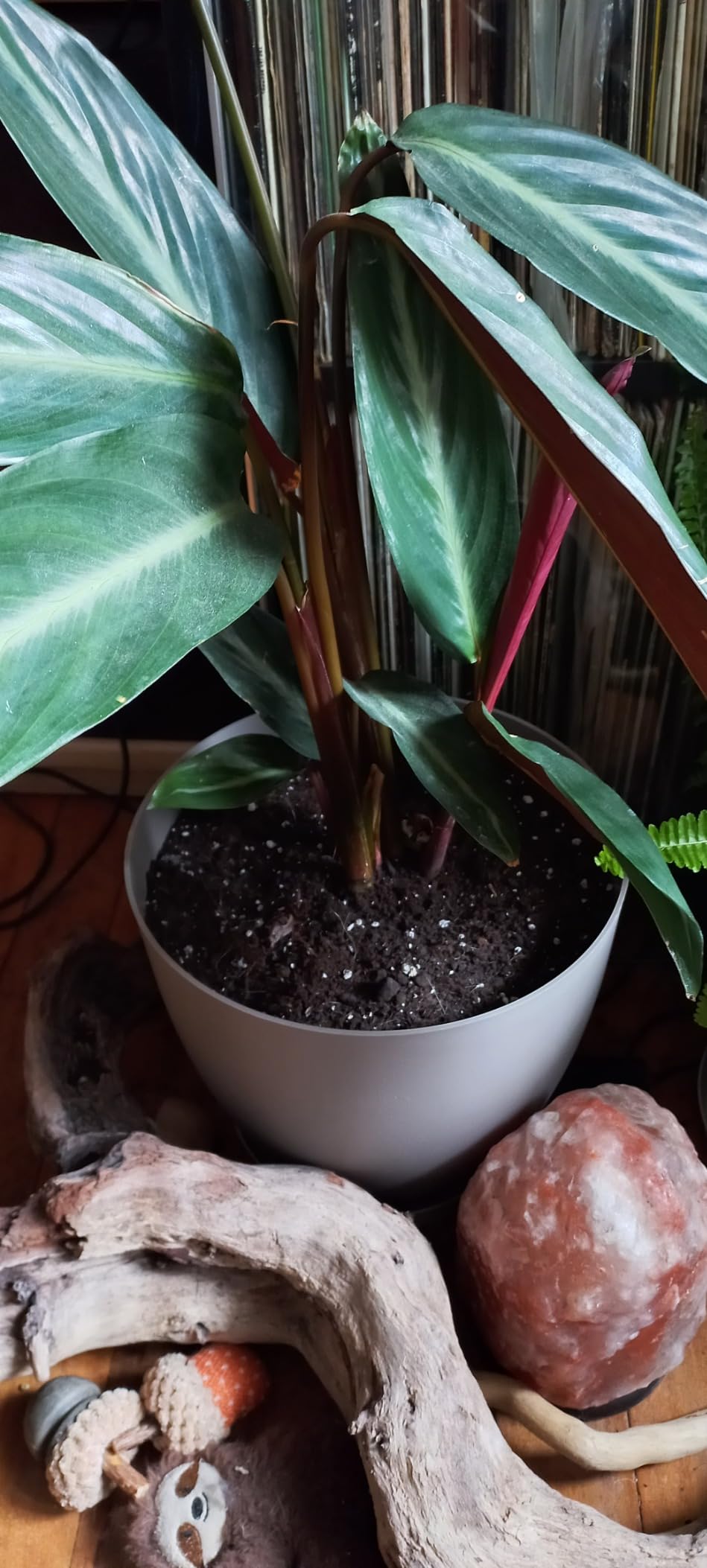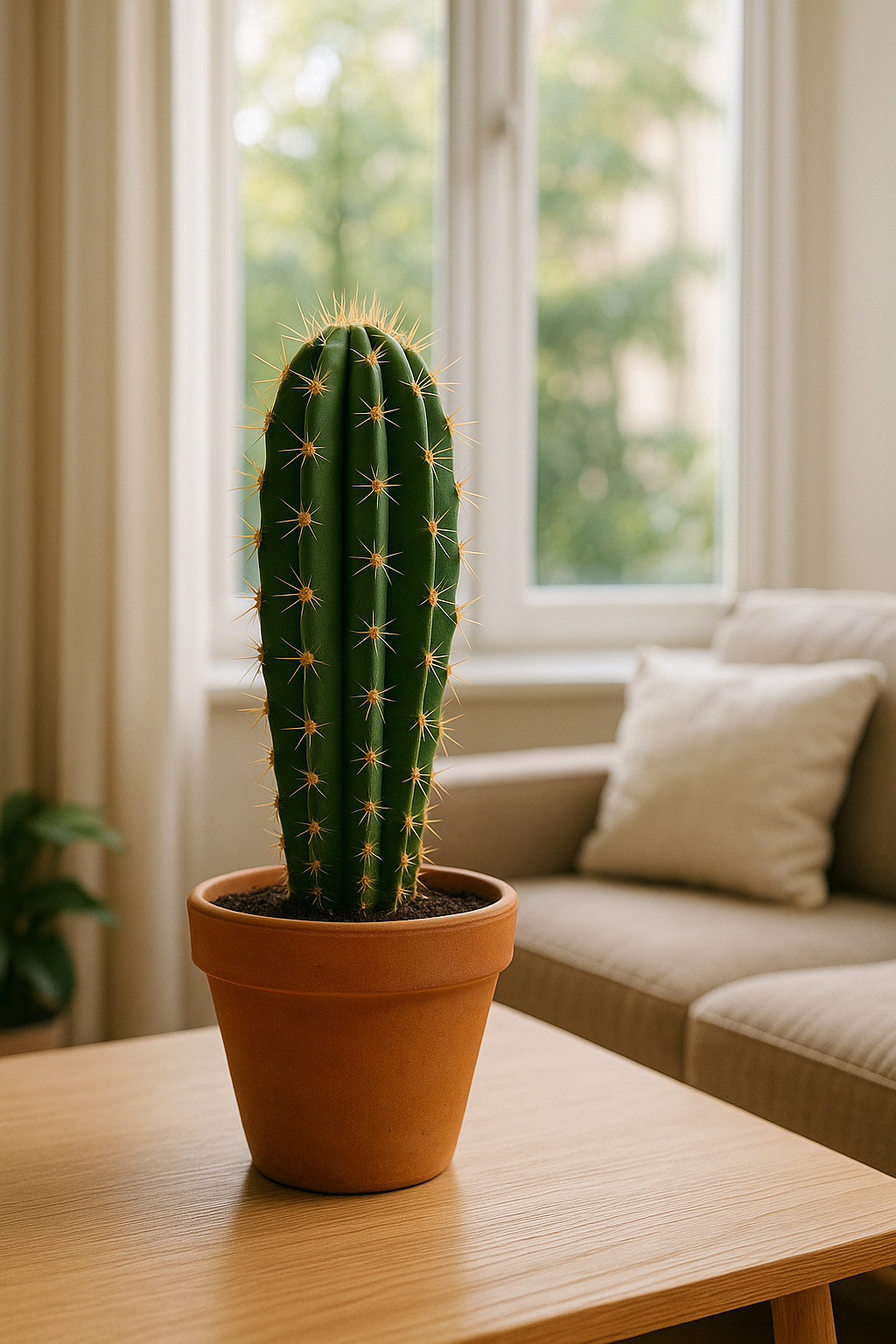Starting your indoor garden? Choosing the best indoor plant fertilizers for beginners is essential to keep your plants thriving. With so many options—organic, synthetic, slow-release, liquid—it can be overwhelming. But don’t worry: this guide breaks it all down in simple terms, so you can feed your plants the right way from day one.
Whether you’re growing herbs on a windowsill or setting up a lush indoor jungle, this beginner-friendly guide will walk you through how, when, and what to use to fertilize your indoor plants the right way.
Why Fertilizers Matter for Indoor Plants
Indoor plants often live in potting soil with limited nutrients. Unlike outdoor plants, they can’t draw fresh minerals from the earth or get natural fertilizers from composting leaves or animal matter.
Fertilizing keeps your plants green, encourages flowering, and prevents common problems like yellowing leaves or stunted growth.

What Are the Best Indoor Plant Fertilizers for Beginners?
Let’s dive into beginner-friendly fertilizers that deliver excellent results with minimal fuss.
🌿 1. Liquid Fertilizers (Best for Quick Feeding)
Liquid fertilizers are perfect for beginners who want quick, visible results. They’re mixed with water and applied during regular watering. Easy to control, they’re ideal for herbs, greens, and flowering houseplants.
Top Pick:
Miracle-Gro Indoor Plant Food – Affordable, balanced, and widely available. Perfect for beginners.
Pros:
- Fast-acting
- Easy to measure
- Suitable for most houseplants
Cons:
- Needs frequent application (every 2–4 weeks)
🌱 2. Slow-Release Granules (Best for Busy Beginners)
These fertilizers release nutrients over time, reducing the frequency of application. Ideal if you often forget to fertilize or prefer low-maintenance gardening.
Top Pick:
Osmocote Smart-Release Plant Food
Pros:
- Feeds up to 6 months
- Minimal maintenance
- Great for potted plants
Cons:
- Less immediate effect
🧪 3. Organic Indoor Plant Fertilizers
If you prefer a natural approach, organic fertilizers made from fish emulsion, seaweed, or composted matter are a fantastic choice.
Top Pick:
Espoma Organic Indoor! Fertilizer
Pros:
- Environmentally friendly
- Improves soil health
- Safe around pets and kids
Cons:
- Slower results
- Can smell a little “earthy”
Check The Ultimate Guide How to Schedule indoor plant fertilizer, learn the most important tips to fertilize correctly your indoor plants
Organic vs Synthetic Indoor Fertilizers: Which Is Better?
This is one of the most common questions for new plant owners. Here’s a comparison:
| Feature | Organic Fertilizers | Synthetic Fertilizers |
|---|---|---|
| Source | Natural (plant/animal-based) | Man-made chemical compounds |
| Speed of Results | Slower but long-lasting | Fast-acting |
| Soil Health | Improves over time | Neutral or may deplete soil structure |
| Cost | Often higher | Usually cheaper |
| Ideal for Beginners? | Yes, if patient and eco-conscious | Yes, if looking for quick results |

🔗 Learn more about organic vs synthetic fertilizers
How to Fertilize Indoor Plants the Right Way
✅ Step-by-Step Instructions
- Read the Label: Always follow the manufacturer’s instructions.
- Water First: Fertilize when the soil is moist to avoid root burn.
- Mix Carefully: Use the recommended dilution for liquid fertilizers.
- Watch for Signs: Yellowing or droopy leaves? You may be under or over-fertilizing.
- Adjust with Seasons: Fertilize more in spring/summer; reduce or stop in winter.
Fertilizer Schedule for Herbs and Greens (Secondary Keyword)
Herbs and leafy greens like basil, mint, and lettuce have specific needs. Here’s a simple schedule:
| Plant Type | Frequency | Recommended Fertilizer Type |
|---|---|---|
| Basil, Parsley | Every 2–3 weeks | Liquid (balanced NPK) |
| Mint | Monthly | Slow-release granules |
| Lettuce, Spinach | Every 10–14 days | Organic seaweed or fish emulsion |
📚 Related reading: Best herbs to grow indoors for beginners
Common Mistakes Beginners Make (and How to Avoid Them)
❌ Overfertilizing
Too much fertilizer can burn roots and cause leaf drop.
Fix: Always start with half the recommended dose.
❌ Fertilizing in Dormancy
Plants need less food in fall and winter.
Fix: Reduce or stop fertilizing during these seasons.
❌ Using Outdoor Fertilizer Indoors
Some fertilizers meant for outdoor use are too strong for houseplants.
Fix: Choose products labeled specifically for indoor plants.
Helpful Tools for Beginner Gardeners
- Measuring spoons or cups (for mixing liquid fertilizers)
- Watering can with narrow spout
- Soil moisture meter (to prevent overwatering or underwatering)
- Gloves (especially when using organic fertilizers)

📚 Learn more: How to water indoor plants correctly
Best Indoor Fertilizer Tips by Plant Type (Bonus Section)
🌵 Succulents & Cacti
Use a low-nitrogen fertilizer every 4–6 weeks during active growth.
🌺 Flowering Plants
Choose a fertilizer with higher phosphorus (middle number in NPK) to promote blooms.
🌿 Foliage Plants (like pothos, snake plant)
A balanced NPK ratio (e.g. 10-10-10) works best. Apply every 3–4 weeks in growing season.

FAQs: Best Indoor Plant Fertilizers for Beginners
Can I use one fertilizer for all my indoor plants?
Yes, a balanced liquid fertilizer (like 10-10-10) is a great all-around option for most houseplants.
What’s the easiest fertilizer for complete beginners?
Slow-release granules like Osmocote are perfect—you apply them just once every few months.
What’s the easiest fertilizer for complete beginners?
Slow-release granules like Osmocote are perfect—you apply them just once every few months.
Are organic fertilizers worth it?
Yes, especially for edible plants or if you’re eco-conscious. They improve long-term soil health.
Final Thoughts: Feed Your Garden, Feed Your Joy 🌱
Choosing the best indoor plant fertilizers for beginners doesn’t have to be confusing. Start with an easy-to-use liquid or slow-release option, follow a simple schedule, and observe how your plants respond. With just a bit of attention and the right nutrients, your indoor plants will flourish year-round.
📚 Ready to start your own green space?
Check out our complete guide: How to start indoor garden for beginners
